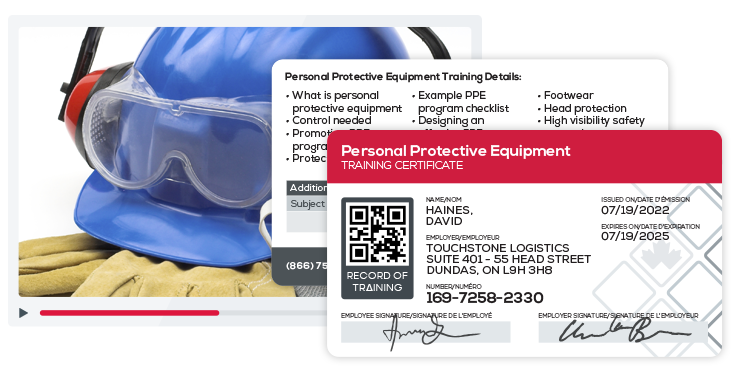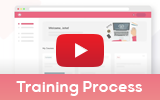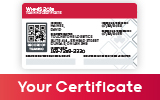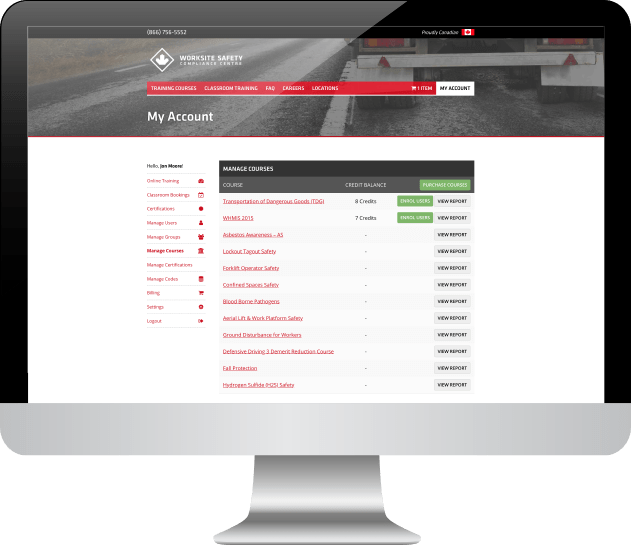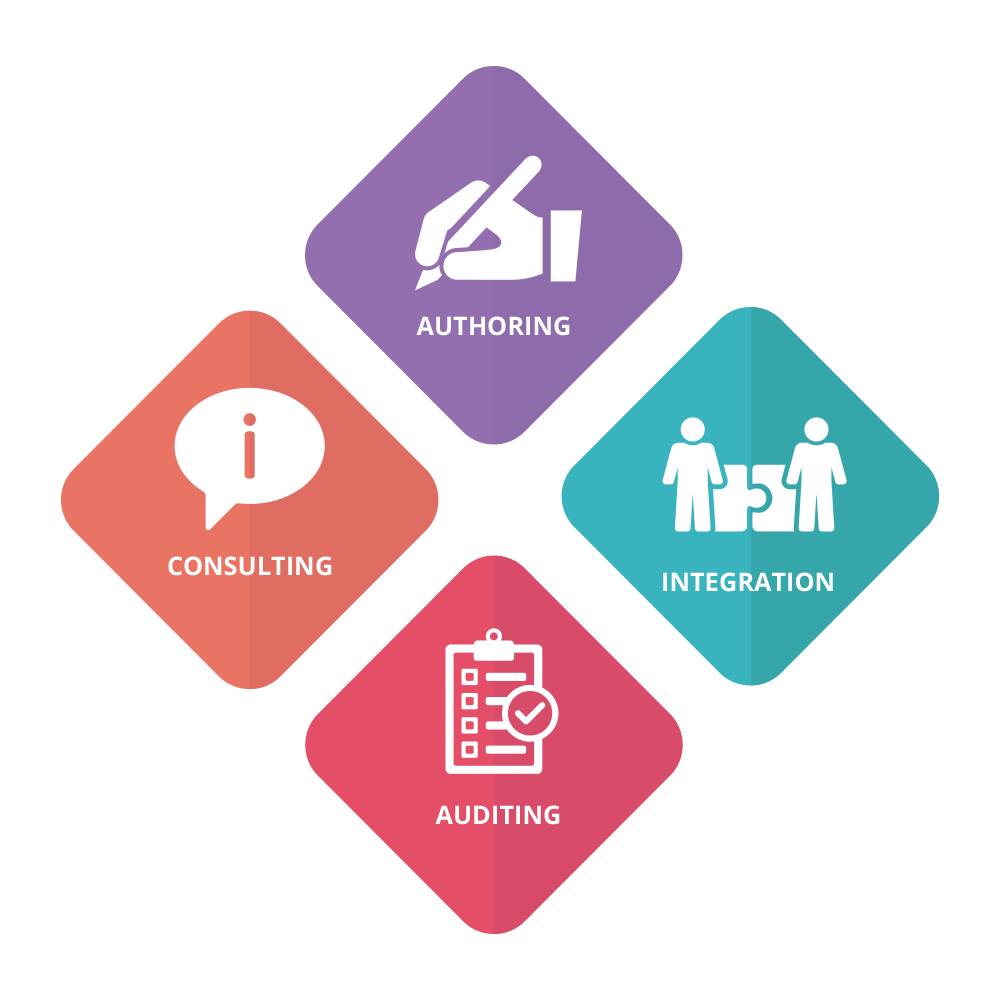PERSONAL PROTECTIVE EQUIPMENT TRAINING
This Online PPE Course will guide you through all aspects of PPE, from upper and lower body protection, respiratory protection, and head protection. Our comprehensive course will explain in detail what you need to know, emphasize key points and test your knowledge retention after each module. This course is required by many industries, and you should check with your employer to see whether or not you need PPE Training.
After completion of this course, you should be able to understand:
- How Personal Protective Equipment is used in the workplace
- How to properly use all types of PPE
- CSA Safety standards in relation to PPE
- How to maintain your PPE
Key Points on PPE:
- PPE stands for Personal Protective Equipment
- PPE is primarily concerned with detailing individual protective gear and how they are used
- All employers are required to show diligence when training employees
- By taking both theory and practical on-site training employees will achieve OHS compliance
| Average Duration: 3 Hours | |
| Printable Certificate Upon Completion | |
| Plastic, Digital, & Printable Certificate | |
| Unlimited Exam Attempts | |
| Standards Compliant Across Canada | |
| Self-Paced. Available 24/7 | |
| Live Student Support | |
| Permanent Record of Training | |
| User Management Tools Available |
Course Outline
1. What is PPE?
The first chapter introduces Personal Protective Equipment, what it is, and why it’s important.
2. PPE Control Needed
Chapter 2 outlines how to select the proper PPE hazard control to use.
3. Promoting PPE Programs
Chapter 3 covers promoting PPE programs and some limitations of PPE.
4. Protective Clothing and Ensembles
Chapter 4 explores protective clothing in particular.
5. Example PPE Program Checklist
The fifth chapter covers an example PPE program checklist.
6. Designing an Effective PPE Program
The sixth chapter covers how to design an effective PPE program for your organization.
7. Protective Footwear
Chapter 7 covers protective footwear.
8. Chemical Protective Clothing
Chapter 8 deals with chemical protective clothing and how to select clothing of appropriate material.
9. Head Protection
This chapter highlights different types of head protection and when to use it.
10. High Visibility Safety Apparel
Chapter 10 covers high-vis clothing and some of the requirements surrounding it.
11. Respirators
Chapter 11 goes over respirators including how to select appropriate respiratory protection.
12. Safety Glasses/Goggles
The twelfth chapter covers protective eyewear.
13. Hearing Protection
The final chapter dives into hearing protection and some of its advantages and limitations.
Bulk Discounts. Free Tools.
Depending on how many training credits you purchase, you may receive a discount. Once purchased, training credits may be used to assign training to users in your account or held for future use.
In addition to the training that you purchase, you will also have access to a number of free training management tools. These tools allow you to add and manage users in your account, distribute training courses, view training progress, print certificates, view records of training, and create customized certification reports to ensure your users are always in compliance.
Additional Services
We put our team of professionals to work to build solutions that improve results, save time, relieve your budget and keep your people safe. In addition to our training programs, we also provide Consulting Services, Train The Trainer Solutions, Course Authoring, and Integration services.

